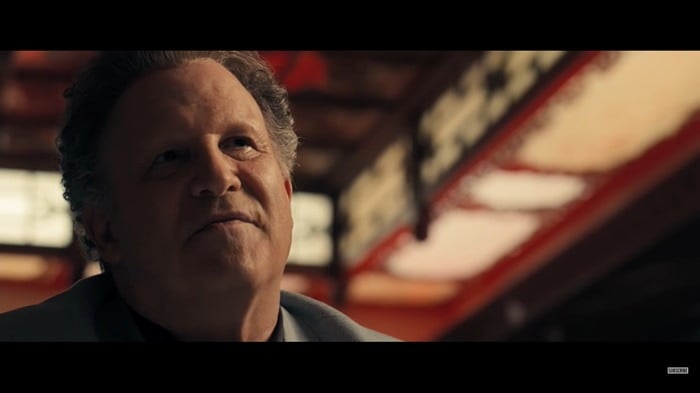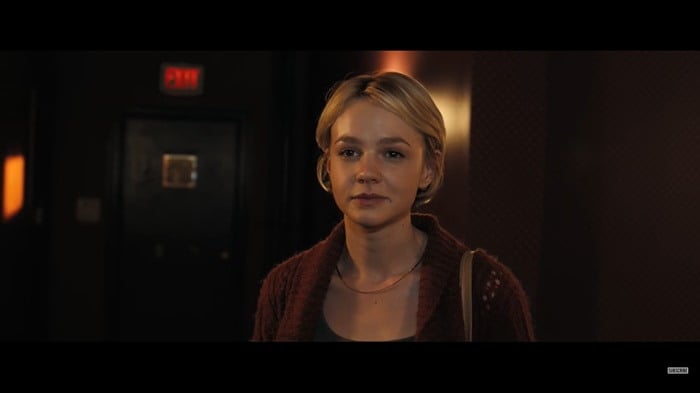Drive is a 2011 neo-noir crime film directed by Nicolas Winding Refn, starring Ryan Gosling as the unnamed protagonist, referred to as "Driver." Adapted from James Sallis's 2005 novel of the same name, the film is a stylish and intense exploration of a stuntman and mechanic who moonlights as a getaway driver. The narrative weaves together elements of crime, romance, and suspense, and it is notable for its atmospheric cinematography, evocative soundtrack, and strong performances.
Plot Summary
The film opens with the Driver (Ryan Gosling) working as a Hollywood stuntman and mechanic during the day. His evenings, however, are spent as a getaway driver-for-hire, providing his services to criminals who need a skilled driver to escape the scene of a crime. The Driver operates by a strict set of rules: he gives his clients a five-minute window, during which he is at their disposal, and he doesn't ask questions about their activities.
One day, the Driver befriends Irene (Carey Mulligan), his neighbour in the apartment building where he lives. Irene is raising her young son, Benicio, while her husband, Standard (Oscar Isaac), is serving time in prison. The Driver becomes emotionally attached to Irene and her son, forming a connection that goes beyond his usual stoicism.
As Standard is released from prison, the Driver finds himself entangled in a web of crime that puts Irene and Benicio in danger. Standard owes protection money, and to secure his family's safety, the Driver agrees to help him with a pawn shop heist. However, the heist goes awry, leading to violent confrontations and the revelation that the money stolen was connected to the mob.

The mob, led by Bernie Rose (Albert Brooks) and Nino (Ron Perlman), seeks retribution for the stolen money. The Driver becomes a target, and the narrative takes a darker turn as he confronts not only external threats but also his own moral code.

As Irene becomes increasingly entangled in the dangerous situation, the Driver takes it upon himself to protect her and Benicio. The film becomes a tense and atmospheric exploration of loyalty, revenge, and the consequences of a life defined by violence.
One notable aspect of Drive is its distinctive visual style and the use of music to evoke mood and emotion. The film features a synth-heavy soundtrack by Cliff Martinez that complements the neon-lit, nocturnal aesthetic of Los Angeles, creating a unique and immersive atmosphere.
The Ending of the Drive Explained
The ending of Drive is a powerful and intense sequence that unfolds after the violent confrontations that take place in the film's climax. In the aftermath of the showdowns, the Driver is left emotionally and physically scarred.
Following a brutal face-off with Bernie Rose, a mobster with whom the Driver had become entangled, the Driver is wounded but manages to escape. He seeks refuge in his car, driving away from the scene of violence. The film's soundtrack, with its pulsating synth beats, adds to the atmospheric and emotional intensity of the moment.
The narrative takes a contemplative turn as the Driver, now alone and injured, reflects on the choices he made and the consequences of his actions. His connection with Irene and her son Benicio, which was at the heart of the film, hangs in the balance. The emotional weight of the events and the toll of violence are palpable as the Driver grapples with the aftermath of the chaos.
One notable aspect of the ending is the film's refusal to provide easy resolutions or tidy conclusions. The Driver's fate and his emotional state are left somewhat open to interpretation. The film avoids a conventional Hollywood ending, opting for a more nuanced and ambiguous conclusion that allows the audience to ponder the complexities of the character and the world he inhabits.
As the credits roll, viewers are left with a sense of the Driver's internal struggle and the enduring impact of the choices he made. The film's ending is a testament to its neo-noir influences, embracing the ambiguity and moral complexity characteristic of the genre.






